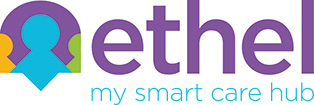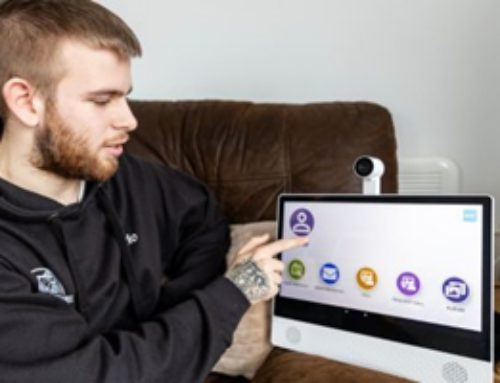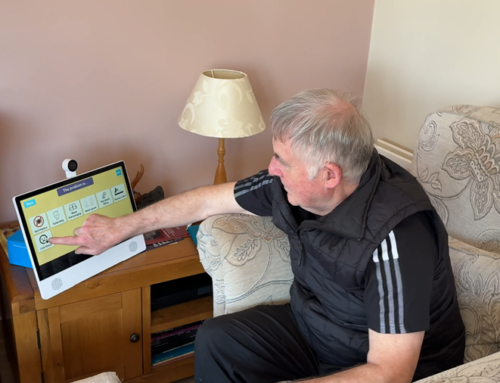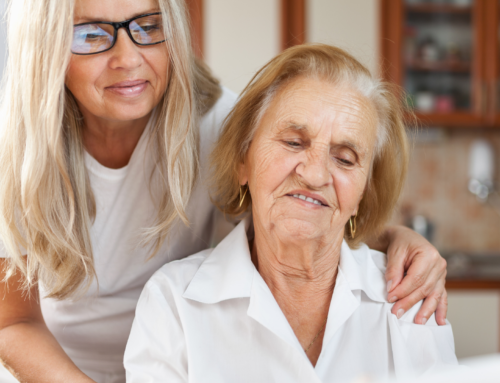The NHS is hit with winter pressures. This year we have the added pressure of COVID-19. December 2019 was the worst year on record for A&E waiting times “with 2,000 patients waiting 12 hours for a bed”. Hospitals are already at a high capacity and this year is expected to be worse. “When winter comes there is a surge and often the NHS has to work very hard to keep up with demand” Dr. Layla McCay. Hospital beds are at a record low since 2010. Therefore, there will be little options for hospital admissions this winter.
We don’t know how much demand is going to be for either winter or Covid-19, but from the predictions and trends we have seen, there is cause to be concerned”
– Dr. Layla McCay (The Evening Standard)
Staff Shortages:
“At the start of this year, there were about 43,000 nurse vacancies, equating to 12% of full time posts empty”. At the beginning of the pandemic, non-essential services in the NHS were halted. As a result staff will be stretched thin. Not only facing COVID-19, winter pressures but also a back log of non-essential appointments. “Staff are exhausted, some have been working flat out”.
“The staffing crisis in the NHS is deepening so fast that the service could be short of 350,000 key personnel by 2030”
Staffing shortages don’t just lie within the NHS. There are staff shortages of 122,000 in the social care sector. With the ageing population growing, “the number of adult social care jobs will increase by 32% (520,000 jobs)” by 2035 (Skills Force). How can we face this growing demand when we already have so many unfulfilled vacancies?
Protect the NHS
The government has returned to the slogan “protect the NHS” amid fears that the health services will be overrun this winter. Circuit breaker lockdowns have been introduced to relieve some of this mounting pressure but what else can be done to ease this workload?
“More than 100 NHS trusts in England could be at or above full capacity this winter if they faced a second wave of coronavirus admissions on top of the usual seasonal workload”
The future is Technology Enabled Care (TEC)
Technology enabled care keeps the most vulnerable in society protected by reducing the number of face-to-face visits without reducing the level of care and support they receive. It also keeps users connected with family and carers. Ideally, what is required is a digital wraparound support service that can be delivered in a person’s own home.
The Adult Social Care plan 2020/2021 discusses the shift towards TEC and how it can help vulnerable people stay safe this winter. “Improved technology and digital support have also made it easier for people with care needs to stay connected with their loved ones.”
“The need of the hour is a resilient health and care service no matter where people live and TEC will play an integral role in service delivery this winter”
– Deepak Samson (CEO)







